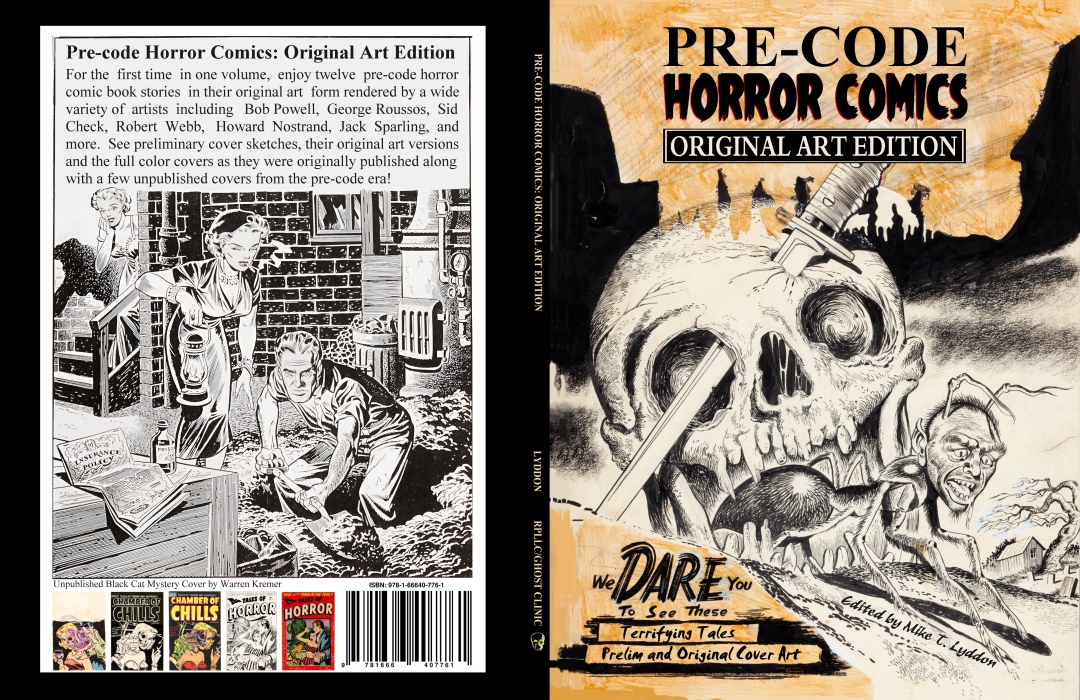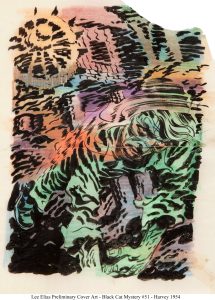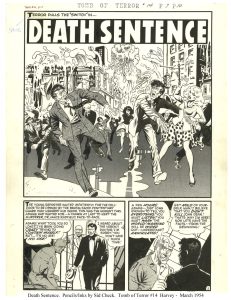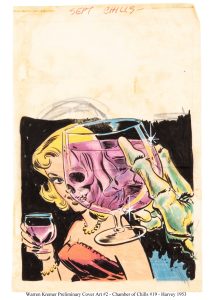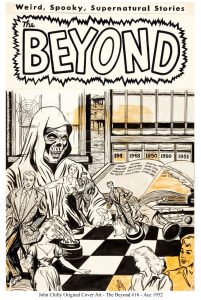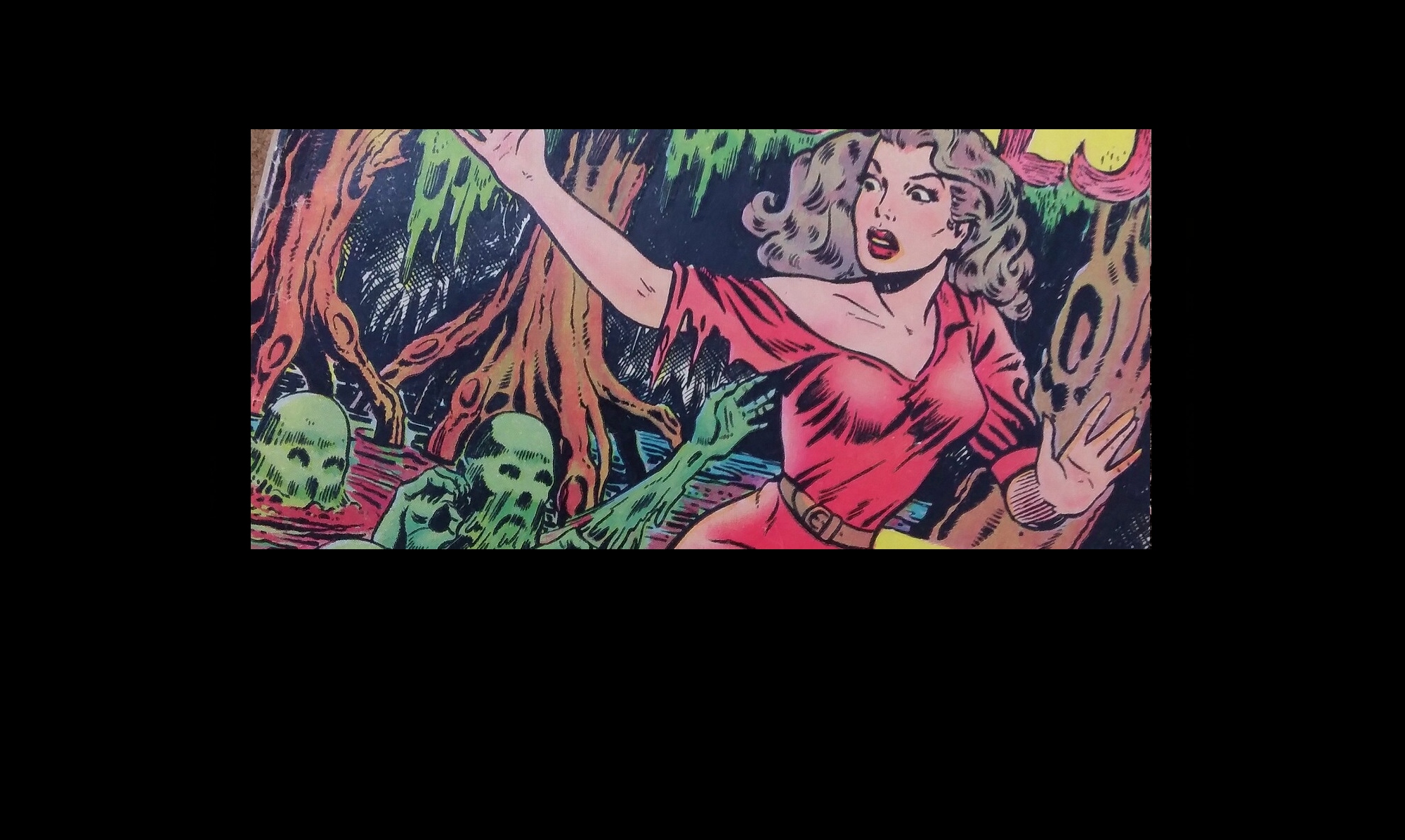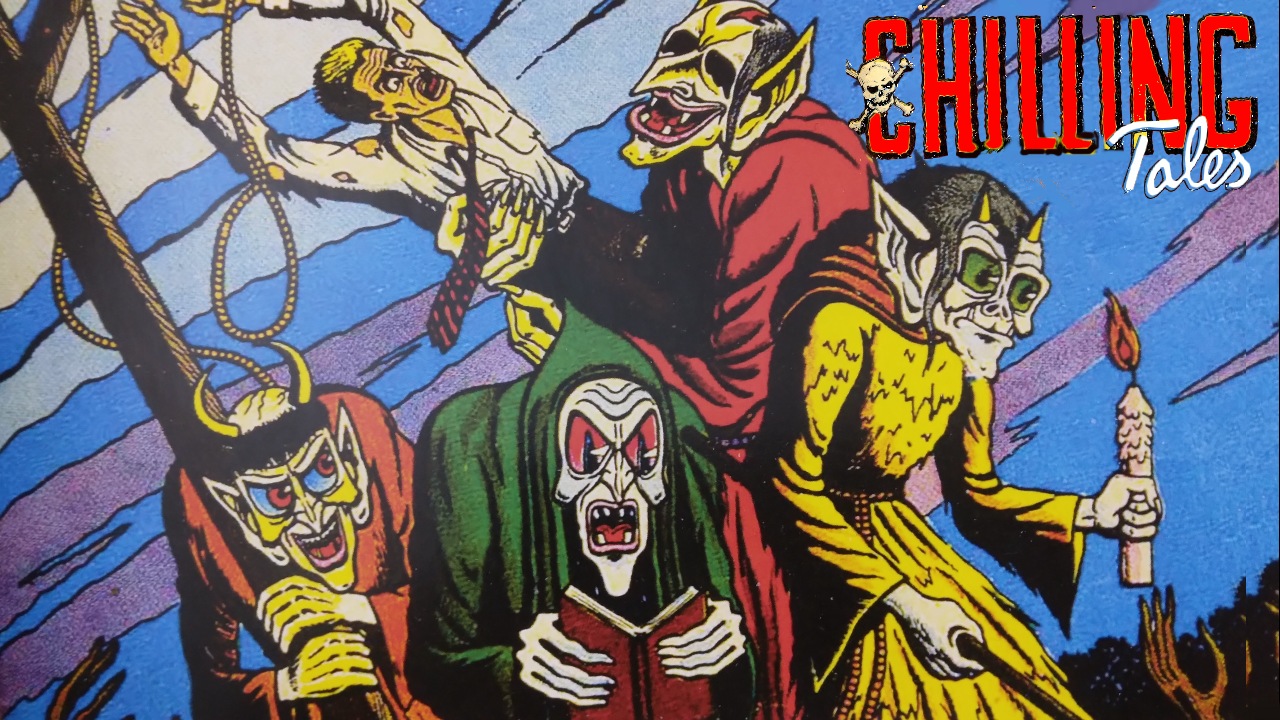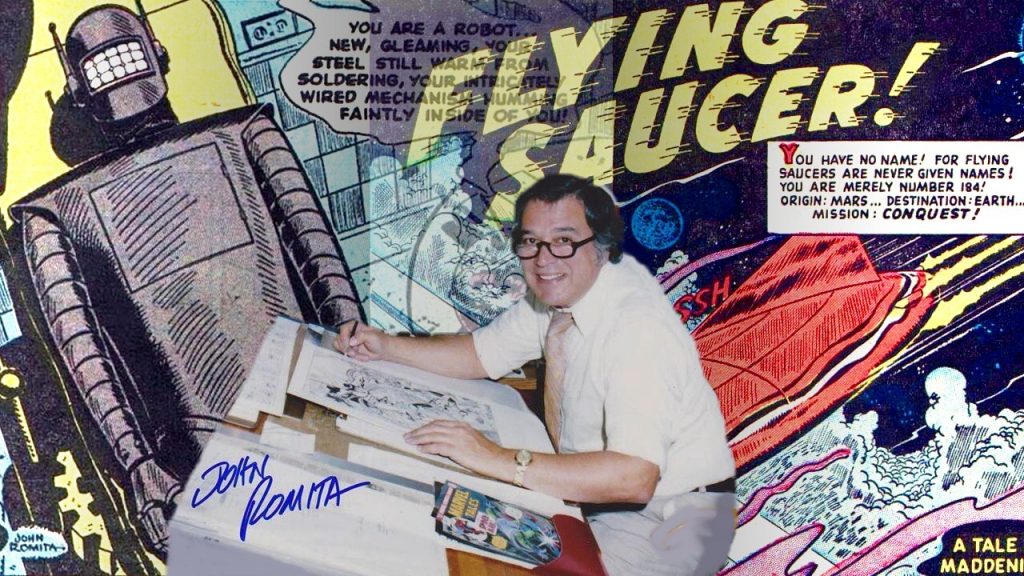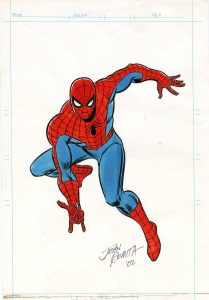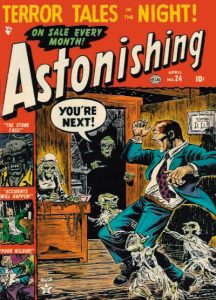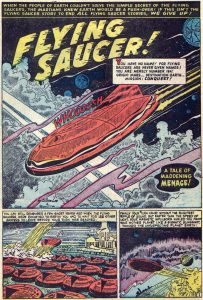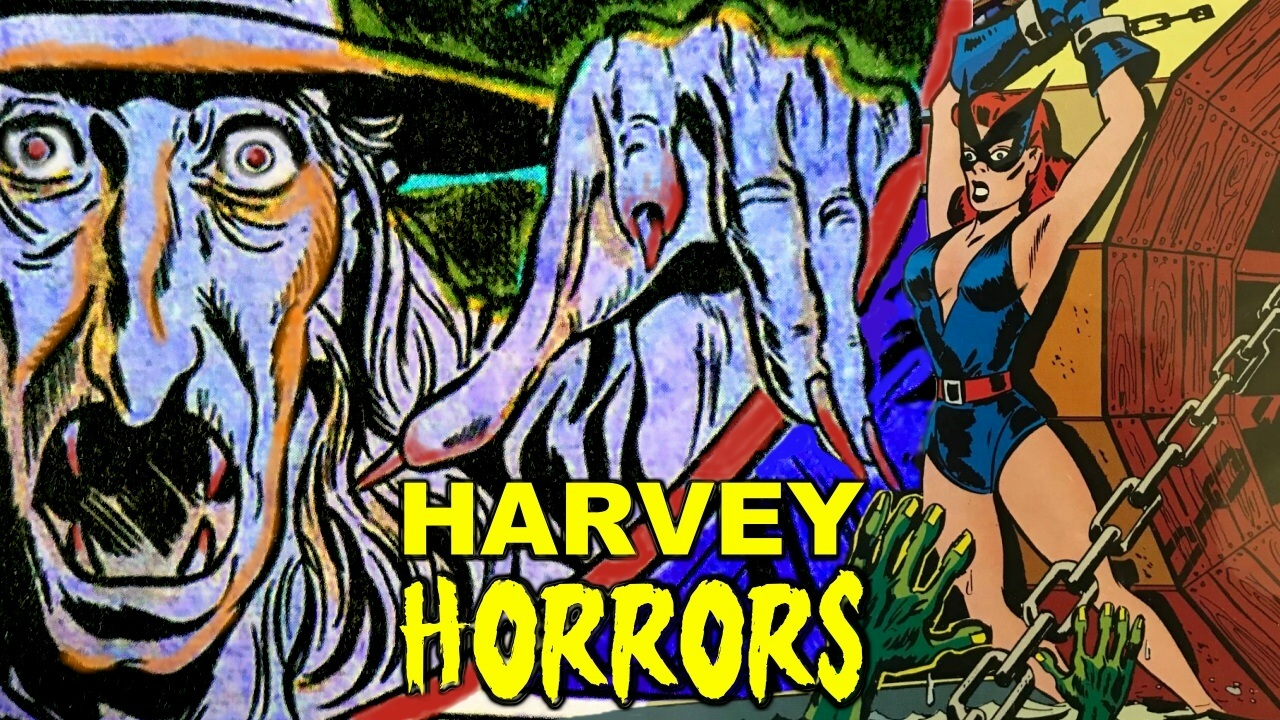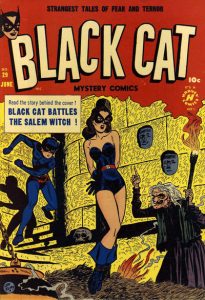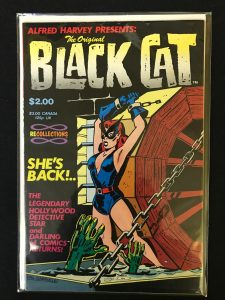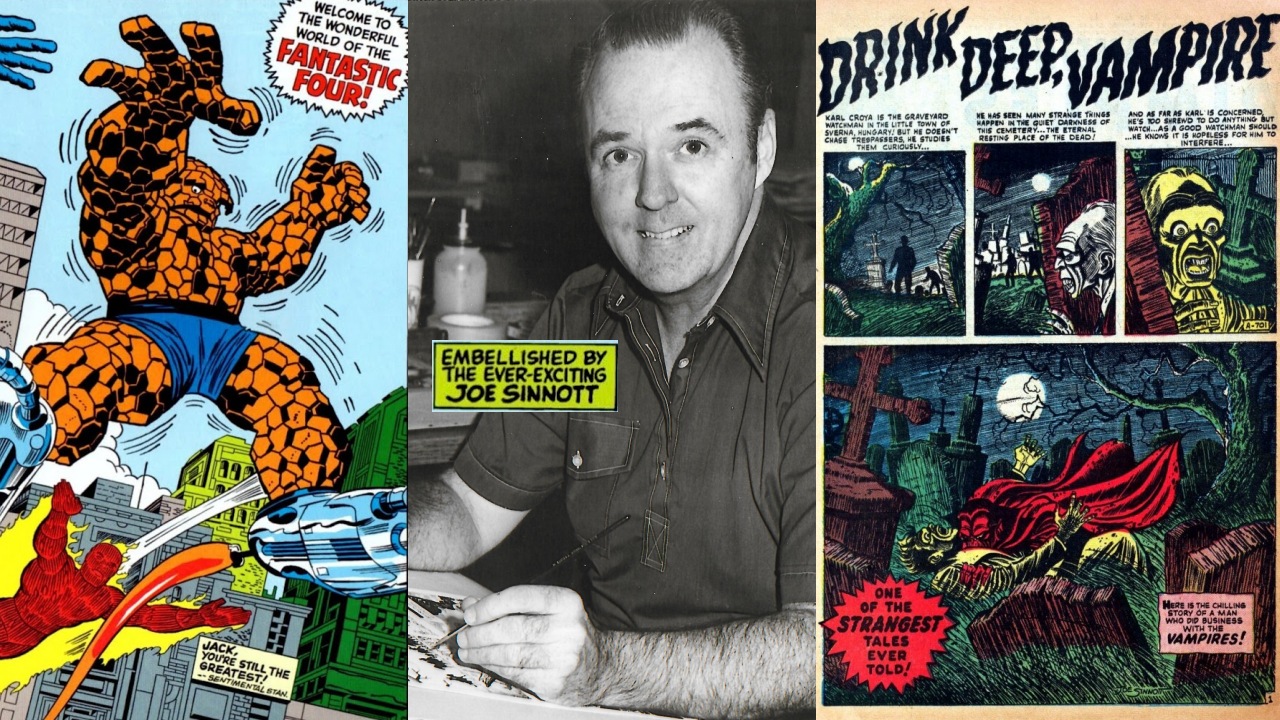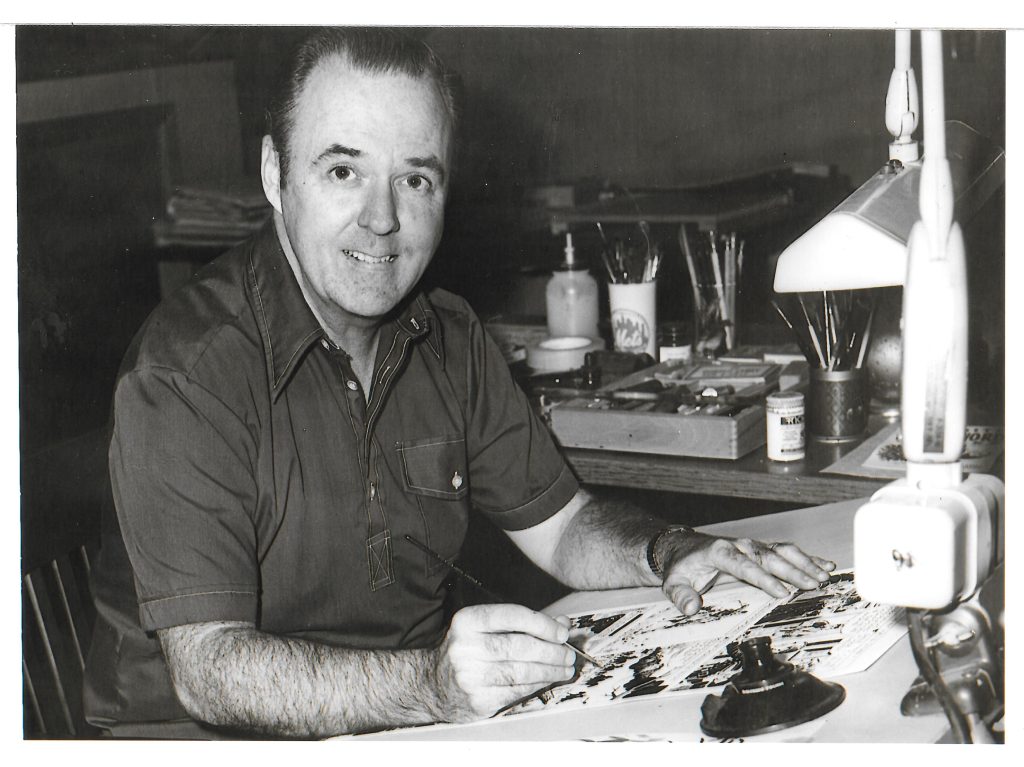Jim Steranko COMIXSCENE 3-ALL HORROR Comics Issue-March 1973 Supergraphics-PART ONE
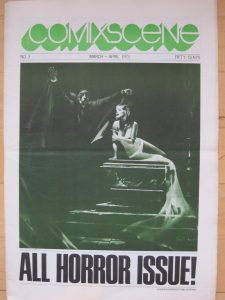 Jim Steranko’s Comix Scene issue number three, March 1973, the all horror issue. Comixscene was Jim Steranko’s publication through Supergraphics and it lasted six issues from 1972 to 1973 before becoming Mediascene. Mediascene picked up with issue number seven in 1973 and went until 1979. In 1980, Steranko launched Preview Magazine. Preview ran from 1980 to 1994.
Jim Steranko’s Comix Scene issue number three, March 1973, the all horror issue. Comixscene was Jim Steranko’s publication through Supergraphics and it lasted six issues from 1972 to 1973 before becoming Mediascene. Mediascene picked up with issue number seven in 1973 and went until 1979. In 1980, Steranko launched Preview Magazine. Preview ran from 1980 to 1994.
Watch the original video.
Contents of Comixscene Number Three
Comixscene #3 showcases the faces of fear from the thrilling 30s to the scary 70s. Werewolves, monsters, vampires, ghouls, zombies, the unliving and the undead. The horror characters and comics of yesterday, today, and tomorrow. I’ll wait to greet you on the pages inside. Plus more news, reviews, and articles than ever before! Special feature: Frogs – a nightmarish Parable told an exciting new comic format.
Steranko creates his first story in three years. A way-out experiment in form and content equal to an eight-page comic story. Enjoy!
First Man on Mars!
Just a reminder friends: my film First man on Mars is new on Blu-Ray loaded with extras and a chance for you to win one of two movie props used in the film! Please visit my website Horror Anthology Movies for further details. This blog is not monetized so any purchase you make helps keep the site alive. Thank you for your patronage.
Jim Steranko Introduction to Comixscene 3
Comixscene was definitely much more text oriented than Mediascene which we will be looking at in future episodes. That being said, the info inside is invaluable. In the editorial, Steranko begins by saying, “Take a good look around you and you’ll have to agree with this: horror comics are here to stay. The same trend that surfaced in the 1950s and 1960s has manifested itself again. This time more firmly entrenched in all popular media than ever.”
Comixscene contents
On the right side of the page, we have future histories of comics planned and a list of Super Graphics products you can order. On the right hand column are all staranko’s books including the History of Comics number two, a fantastic Steranko encyclopedia of superheroes.
Get all three books for seven dollars and fifty cents, folks!
Horror Comics and Comix on the Newsstand
Horror on the newsstand! We’re looking at Marvel, DC, and Indie Comics that had hit the newsstands in early 1973. I love that he starts off with an image of Richard Corbin’s FANTAGOR and he talks about it. It’s very interesting because the magazine is called Comixscene with an X and there’s always that talk of what’s the difference between Comics c-o-m-i-c-s versus comic c-o-m-i-x.
The Difference Between Comics and Comix
 I think Richard Corbin sums it up very well in this quote. “There are all kinds of differences between the regular comics and the underground Comics. The first underground horror books were tongue-in-cheek parodies of old EC’S. Even now, most of the stories have a humorous intent. The most obvious differences to the Casual Observer are that the undergrounds are mostly black and white.
I think Richard Corbin sums it up very well in this quote. “There are all kinds of differences between the regular comics and the underground Comics. The first underground horror books were tongue-in-cheek parodies of old EC’S. Even now, most of the stories have a humorous intent. The most obvious differences to the Casual Observer are that the undergrounds are mostly black and white.
The artwork is sometimes amateurish and there is an emphasis on everything that is forbidden to the regular Comics. The Underground stories are usually creations of an individual and can be good or bad but are usually uneven. The overgrounds are assembly line efforts and are not good or bad but always even.”
Horror Comics in the Spotlight
Let’s take a look at some issues. As I said Fantagor, you have Swamp Thing on the scene, Vault of Evil, Werewolf by Night. I believe that is issue number six of Tomb of Dracula introduces Blade the Vampire Slayer. DC is on the scene with House of Mystery and House of Secrets and then of course we have Marvel with Supernatural Thrillers Issue 4 and issue number five which feature the Living Mummy.
Cultism versus Consumerism
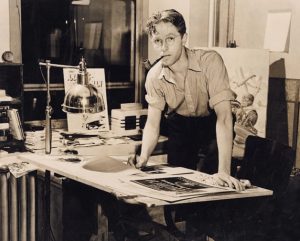 There is a nice little obituary on the great Bill Everett by Steranko. Some book reviews here. Cheap Thrills an informal history of Pulp magazines by Ron Goulart. The golden days of fanzines. You have to love it. They mention Graphic story World which was very hot. Funny World was another really high-end fanzine.
There is a nice little obituary on the great Bill Everett by Steranko. Some book reviews here. Cheap Thrills an informal history of Pulp magazines by Ron Goulart. The golden days of fanzines. You have to love it. They mention Graphic story World which was very hot. Funny World was another really high-end fanzine.
Next is a very interesting article by Byron Priest called Cultism versus Consumerism. “The analysis in this article is based upon an association with the comics industry. It is not meant to be construed as the result of methodical research. Where do you buy your Comics? A candy store? All right, where else? A drugstore? Fine. A supermarket? Okay. Now let’s change just one word in our question. Where do you buy your comics with an X? The answers change too a head shop, a record store, and of course, through the mail. Comics and Comix. The difference is much more than just two letters and more than just the presence or absence of censorship. It’s a whole concept of cultism versus consumerism.
Comics and Comix Production and Distribution
The limited run Comics as opposed to the mass-produced superbooks of Madison Avenue. Comics are produced in the hundreds of thousands. Few Comix Reach This level. The companies behind the comix are growing ambitious and enterprising yet commercially impotent. There are many such Publishers currently in the business. Ripoff press, Apex, Print mint, La comics, and the crop comic works as well as a large number of Easy Come Easy Go outfits who spring up periodically. Unfortunately for these young entrepreneurs their main business Outlet continues to be mail order oriented. Small head shops from Boston to Milwaukee to Los Angeles send in requests for certain amounts of certain titles or large quantities of an entire line of comics and receive their order in the mail. With the Advent of Skull, Young Lust and Fantagor comix, undergrounds are moving towards some regularity in the frequency of publication but as a whole they are still sporadically released.”
Watch the original video.
END PART ONE
Thank you for reading and be sure to bookmark Ghost Clinic for more horror comics articles and videos!
